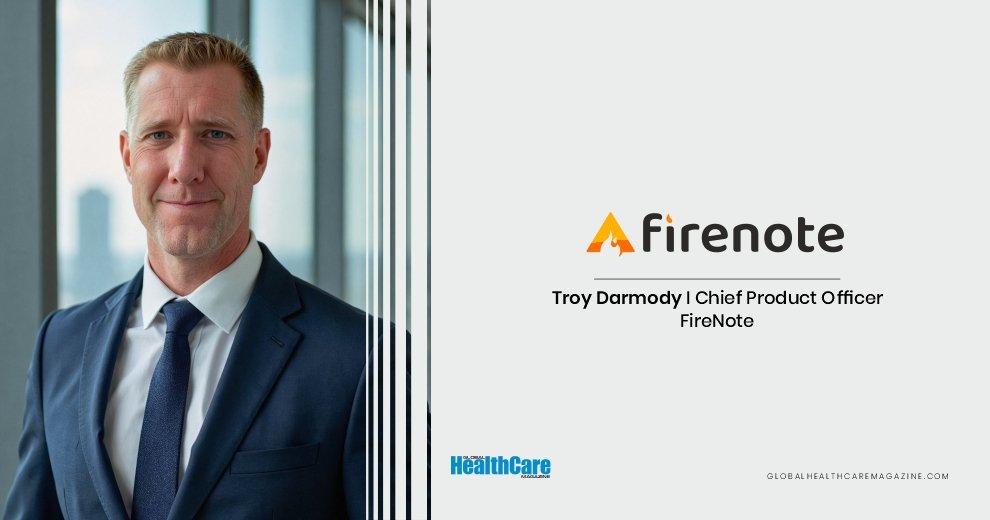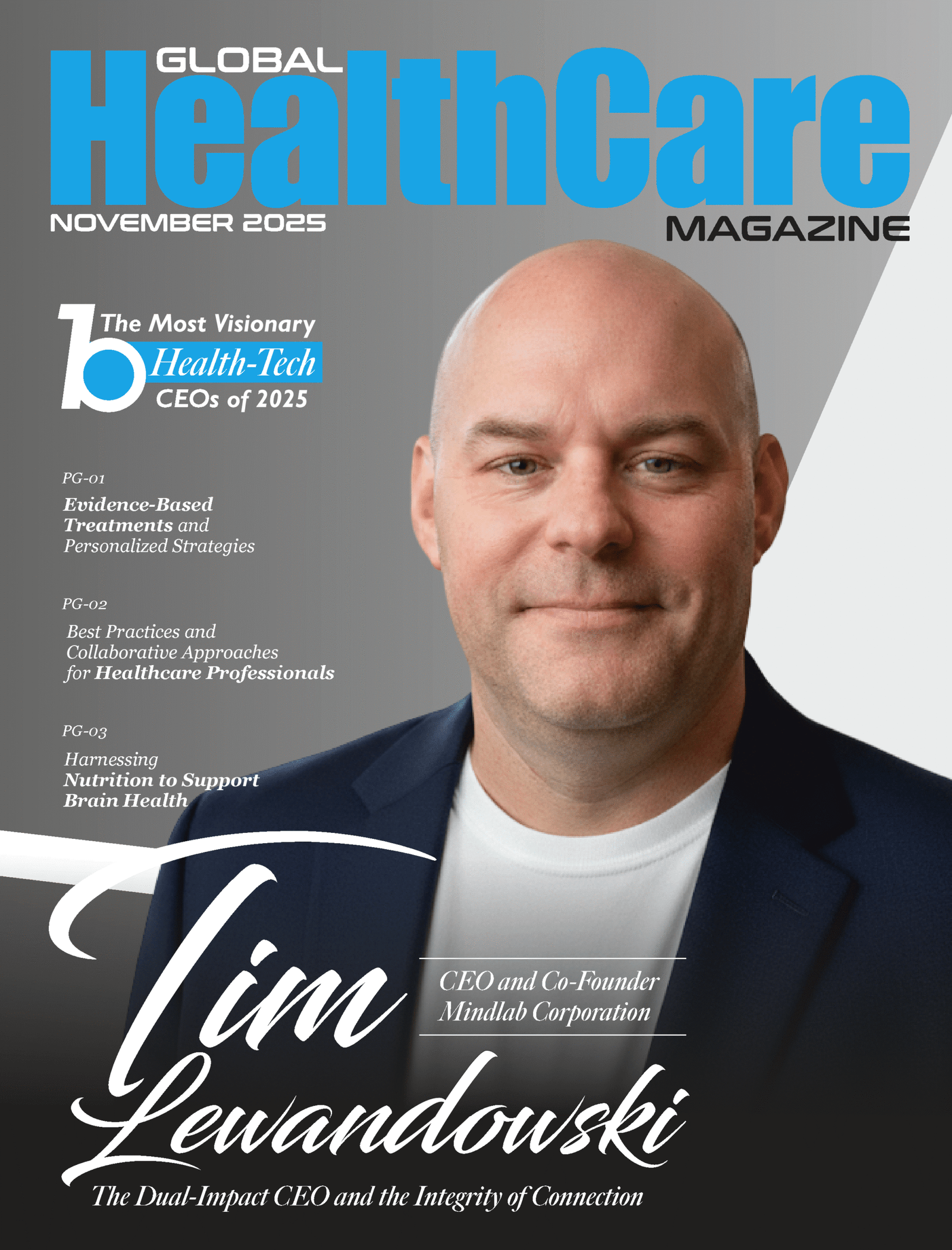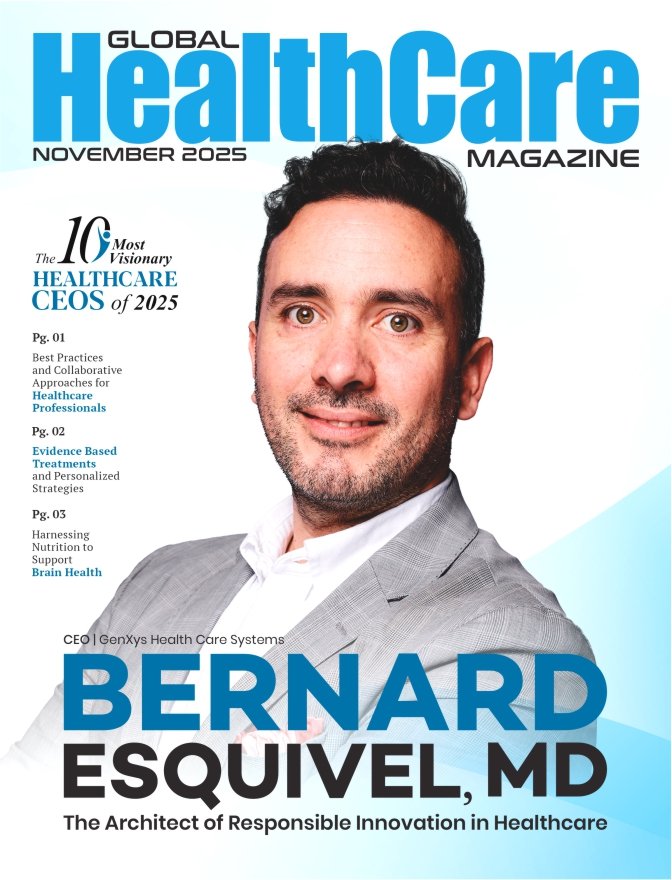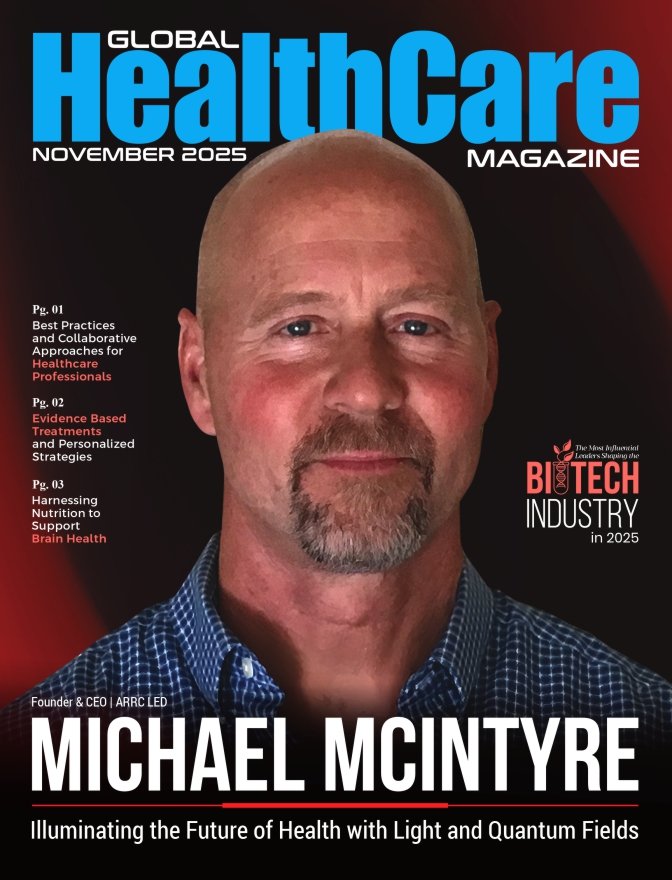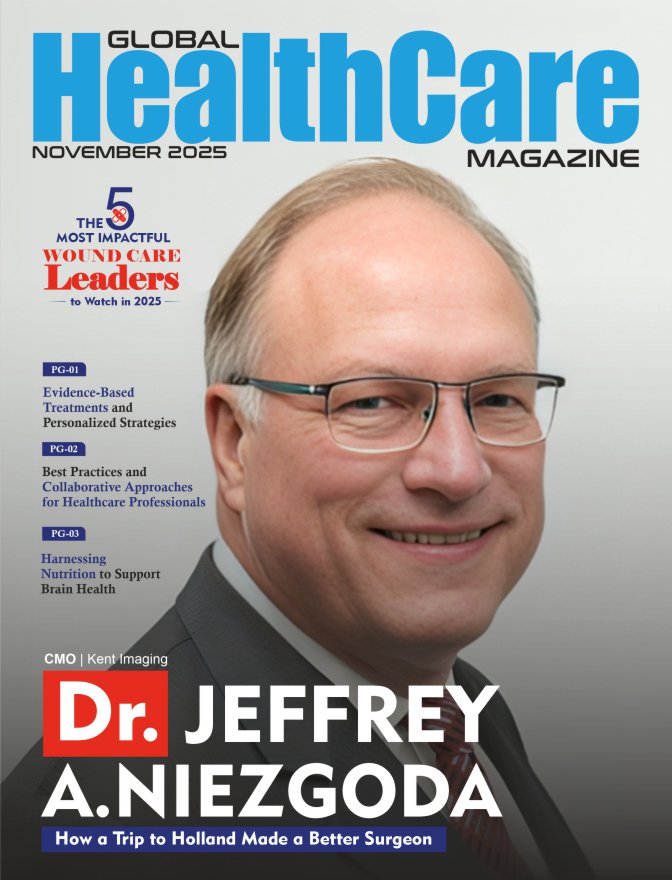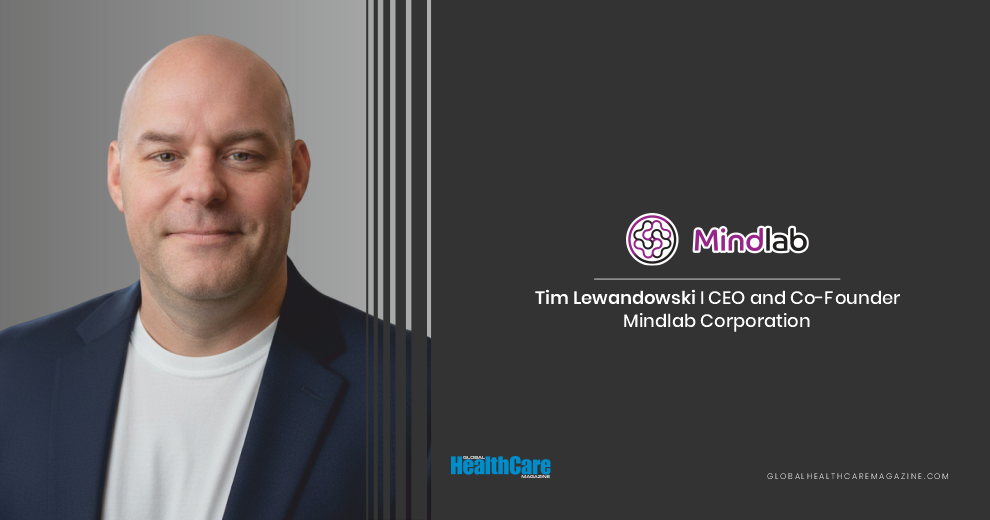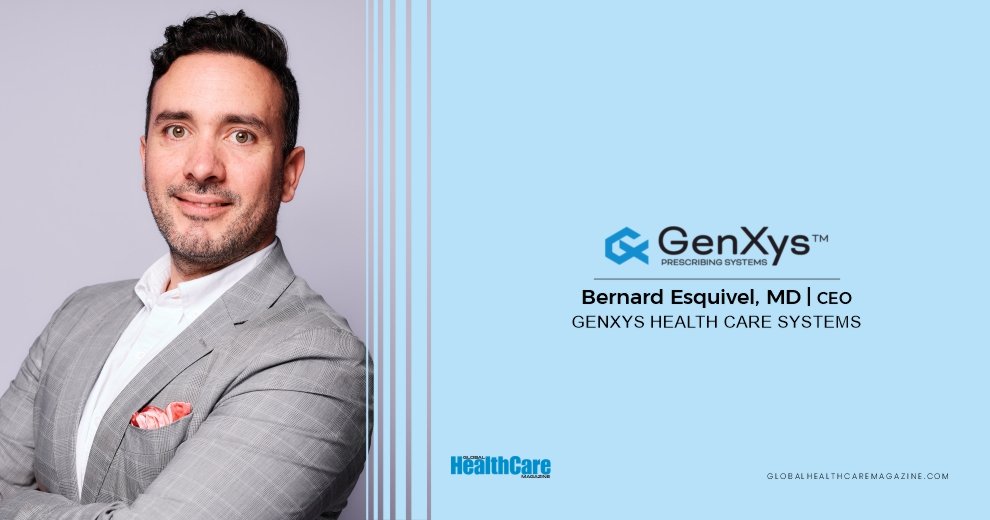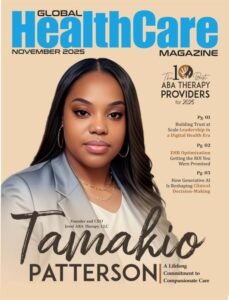In the deeply personal sphere of hospice care, technology has too often built barriers instead of bridges. Although electronic charting platforms promised efficiency, over the past two decades, they have instead largely added strain to already demanding caregiver roles. Recognizing this gap, Troy Darmody—Founder and Chief Product Officer at FireNote—and his team developed a hospice-first solution that genuinely supports caregivers rather than compounding their challenges.
A Broader Path to Innovation
Troy’s academic journey provided a unique blend of analytical and empathetic perspectives, covering both Pre-Medicine and Religious Studies at the University of Virginia. While originally considering a clinical path, after his postgraduate degree he gravitated toward technology as a more expansive avenue for improving patient care across the healthcare spectrum. This choice set the stage for an approach that balances technical innovation with a deeply human focus—one that would eventually redefine how hospice care teams interact with electronic medical records (EMRs).
To deepen his expertise in healthcare technology, Troy pursued a master’s degree in Health Science at George Mason University. More recently, he completed Harvard Medical School’s executive course in Artificial Intelligence in Health Care. This continual learning reflects his commitment to blending medical understanding with technological advancements to create truly user-friendly solutions for hospice professionals.
EMRs: Simplified for Everyday Understanding
For those unfamiliar with the term, an EMR (Electronic Medical Record) might sound like technical jargon. But Troy explains it in straightforward terms: “An EMR is essentially a digital filing system that keeps all patient information – from lab results to insurance details – organized and easily retrievable. Streamlining access to find and quickly update these records enables healthcare teams to collaborate and provide better patient care.”
While EMRs have become a staple in healthcare, not all are created equal—especially for hospice care. This is where FireNote stands out, designed specifically to meet the challenges of this highly specialized field.
FireNote’s Origins: A Practical Solution
FireNote emerged not from a grand corporate strategy but from a simple conversation about the real struggles hospice nurses faced with traditional EMR platforms. Hearing stories of caregivers reduced to tears by unwieldy technology highlighted a critical gap in hospice documentation. Troy saw an opportunity to design a new system that addressed these unique challenges head-on.
While most competitors in the hospice market adapted existing home-health software to fit hospice, he and his partners chose to build FireNote from scratch. This ground-up approach means every feature was conceived to meet the emotional and practical realities of end-of-life care. The result is an EMR platform that simplifies daily tasks so caregivers can focus on what truly matters: supporting patients and their families during life’s most vulnerable moments.
Rapid Chart™ & Informed Intelligence™: A Direct Answer to Charting Challenges
Traditional EMRs often force clinicians to choose between speed and accuracy—especially in hospice, where detailed, sensitive documentation is crucial. To solve this, Troy spearheaded the development of Rapid Chart™, which transforms clinical observations into clear, patient-specific narratives without relying on generalized AI solutions that can introduce errors.
By tailoring this tool specifically for hospice needs, FireNote significantly cuts down on charting time while ensuring documentation remains robust, patient-unique, and accurate. Nurses no longer have to struggle with technology that doesn’t fit their environment; instead, they gain a resource that respects their expertise and commitment to high-quality care.
Additionally, FireNote’s Informed Intelligence™ technology ensures that caregivers can document patient interactions in real time without disrupting their workflow. Unlike many AI-driven solutions that rely on large language models and risk inaccuracies, FireNote prioritizes precision and reliability, allowing hospice professionals to fully trust the system.
Embracing an Intentional, Outside Perspective
In designing FireNote, Troy intentionally set aside many assumptions rooted in traditional charting methods. Lacking a deep background in hospice care, he viewed common industry norms as worthy of re-examination rather than immutable rules. This deliberate choice helped him and the FireNote team break free from the status quo, encouraging a fresh take on problem-solving in an area often governed by dated systems.
FireNote’s most distinctive features can be traced back to this perspective. By prioritizing genuine needs over established practices, Troy found new ways to address longstanding documentation challenges including Care Planning, Clinical Charting, Interdisciplinary, and Group Documentation—approaches that might have been overlooked had he started with the same blueprint as everyone else.
Leading with Vision
As Chief Product Officer at FireNote, Troy plays a hands-on role in every aspect of the company’s software development. “I oversee everything from designing the software to guiding the strategic direction of the product,” he says. This includes working closely with his team, making sure user feedback is carefully considered, and constantly searching for ways to improve FireNote’s offerings.
Under Troy’s leadership, FireNote has grown from an idea to an industry disruptor. The FireNote team has secured a utility patent for its proprietary clinical technology, completed integrations with over a dozen industry suppliers, built an integrated billing and revenue collection system, and launched a robust Business Intelligence (BI) platform that offers real-time insights, allowing hospice teams to make data-driven decisions.
Already in 2025 FireNote has added an important industry certification and expanded the product into the Palliative Care arena. FireNote continues to evolve to serve the market with new features that eliminate the need for third-party software, allowing more efficient and affordable patient care.
Real-World Impact and Future Horizons
For Troy, success is measured by practical outcomes. Reducing the time it takes to document patient admissions by hours means caregivers can spend more time with patients and families or find the balance they need in their own lives. This practical improvement also benefits hospice agencies, which can allocate resources more effectively.
Looking ahead, FireNote is currently expanding into Palliative Care followed shortly Chronic Care Management, enabling partner organizations to broaden their scope without juggling multiple platforms. The upcoming Case Review feature will introduce user-optional AI/LLM-based features that further unify patient data, making critical information accessible at a glance.
One of the key benefits of these innovations is that they empower caregivers with real-time clinical insights across a broader range of the care continuum. Instead of spending hours sifting through documentation from various charting platforms, FireNote compiles and presents key patient data in a way that enhances decision-making, ultimately improving care outcomes.
Finding Balance beyond Work
Despite a busy schedule, Troy stays grounded through personal passions. Devoting time to family and faith provides an essential counterpoint to the fast-paced world of healthcare technology. Living on a small farm, he enjoys hands-on tasks like tending to animals and managing the land, finding peace in the simplicity of nature.
Beyond rural life, Troy is also an avid athlete. He plays competitive ice hockey twice a week, which provides him with both a physical outlet and a mental reset. This balance between professional ambition and personal fulfillment is a testament to his holistic approach to leadership.
Words to Live (and Innovate) By
Troy’s guiding principle is simple: Technology should make caregivers’ lives easier, not harder. By questioning traditional approaches and keeping the focus on real-world applications, he believes healthcare can evolve to become both more efficient and more compassionate. In hospice, that means honoring the profound trust placed in caregivers during life’s final stage—and ensuring that every innovation makes their essential work a little lighter.
Quotes
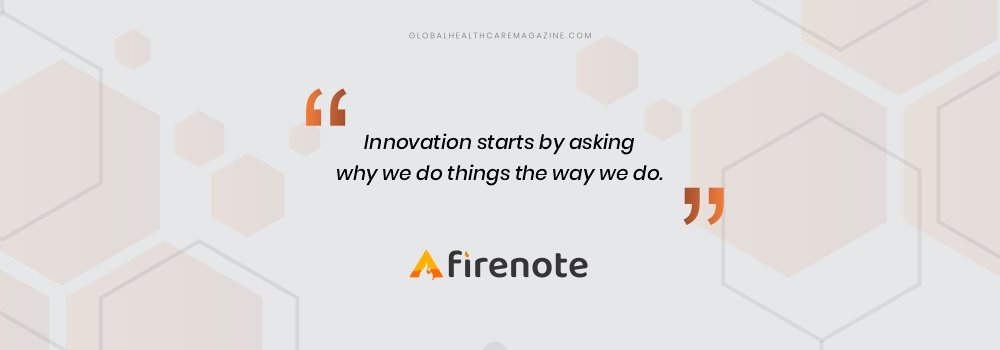
Also Read: Healthcare Technology Innovators: Five Leaders Revolutionizing EMR in 2025

